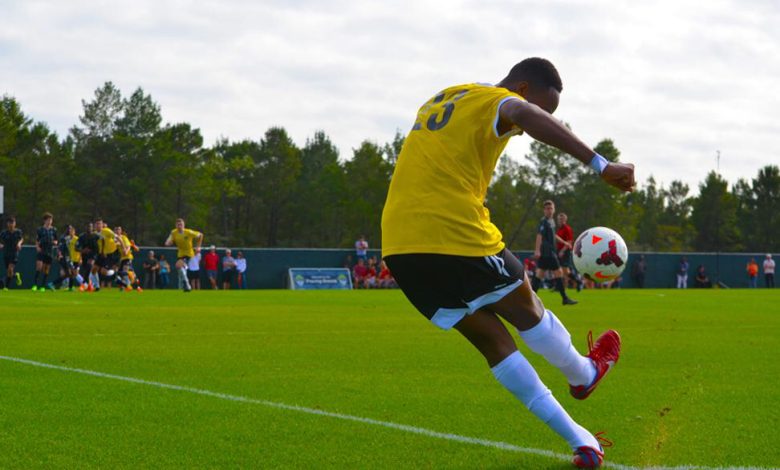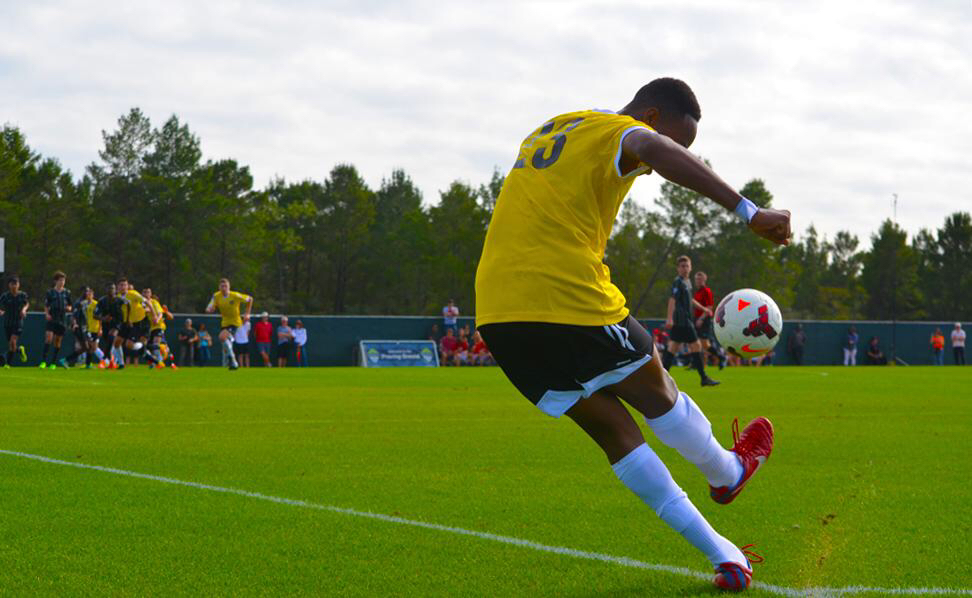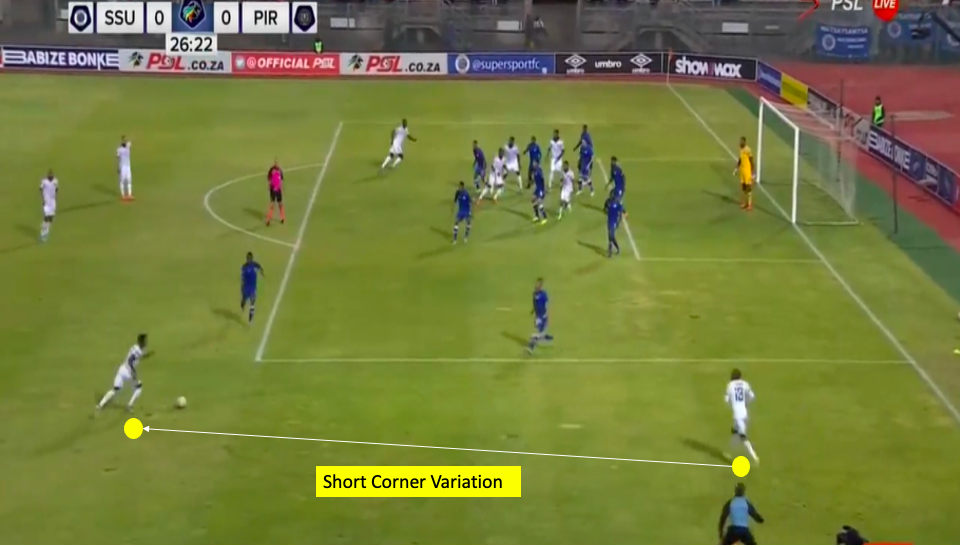PART 1: The key ingredients of attacking corner kicks in football

Over 30% of goals are scored via set pieces. Compared to the free kick, penalty, and throw-in goals, corner kicks seem to produce the most set-play goals. If executed well, corner kicks can give a team an offensive advantage over the opposition.
In our effort to share knowledge on set pieces, FARPost will be running a series of articles to understand this component of the game. Hence today, we look deeper into corner kick attacking strategies as applied in modern football.
Main factors in attacking set pieces
Some of the main factors to consider when dealing with attacking set pieces include: types of delivery, players positioning and movements, number and types of players in the box and players outside the box.
2.1 Types of delivery
It is crucial first to consider the style of delivery. This will assist in comprehending the teams attacking potency of corner kicks. There are several ways in which a corner kick can be executed. This may include, amongst others, inswing, outswing, straight, diagonal and short corner kicks. Options to vary deliveries to the first pole or back pole also add to the complexity of corner kick in attack.

However, the majority of teams favour using inswing and outswing corners. Although short corners have also been found to be effective, they are rarely utilised. Teams typically play short corners when running out the time at the end of the game to settle for a draw or protect a lead. The most crucial part of delivering a corner kick is considering variations and delivery quality from the corner kick taker. This could enable teams to be unpredictable and perplex the opposing squad.
2.2 Positioning and movements
At an elite level, teams often position their players in all crucial zones when attempting an attack from a corner. For example, Liverpool FC often orients players to attack the first goalpost, centre, and second goalpost.
From a structural point of view, teams position their players on the edge of the box. This strategy helps offensive teams to win second balls and rebounds that may end up on the fringe of the box. Another crucial component is having a player or team blocking the goalkeeper’s operational area. This occurs via tactical individual blocking or scrummage. The method is prevalent in the DSTV Premiership, where teams attempt to block the opposition goalkeeper’s space, movement and vision.
2.3 Number and types of players in the box
The decision on who gets to attack corner kicks is crucial. Teams have to commit players in attack. But this must be regulated so as not to predispose the team to counterattacks.
Hence, teams must be aware of how many players get into the box? as well as understand what type of players (tall, movers and blockers) join the attack.

2.4 Players outside the box
Players outside the box are essential in offensive set play. Such players provide decoy, are used as primers for short corners and elicit camouflage movements.
Furthermore, these players assist in sustaining the pressure on the opposition. Still, a disorganised team with little or scattered numbers outside the box could be suicidal. This happens when teams attacking corner kicks leave few players in their rest defence or nothing.
3. Adaptive attacking set pieces
Across the world, teams attacking set pieces have evolved. The employment of set-piece analysts or specialists has increased the knowledge of clubs. A better organisation during this phase has improved.
Coaches and their technical teams have adapted. The application of quick and random deliveries is more common. The efficiency in crowding the box has changed. The management of first and back poles has improved, and teams easily vary their set play to surprise opponents.
PART 2: Key considerations when defending corner kicks (will be published next week]